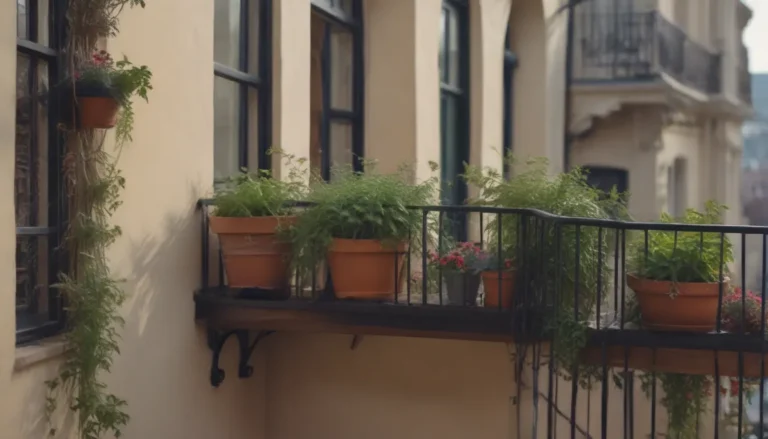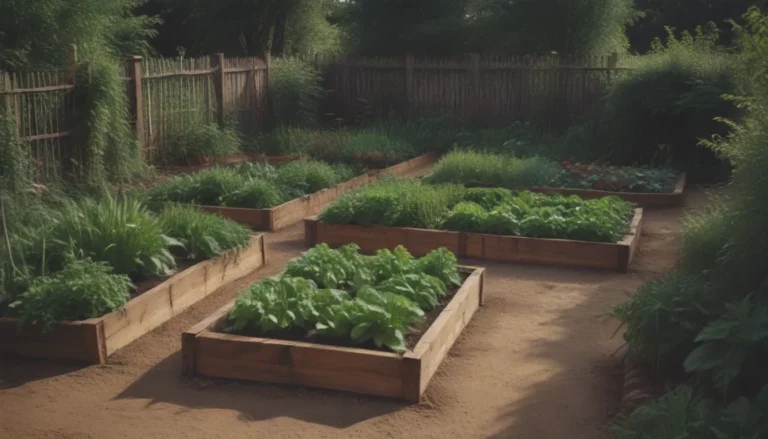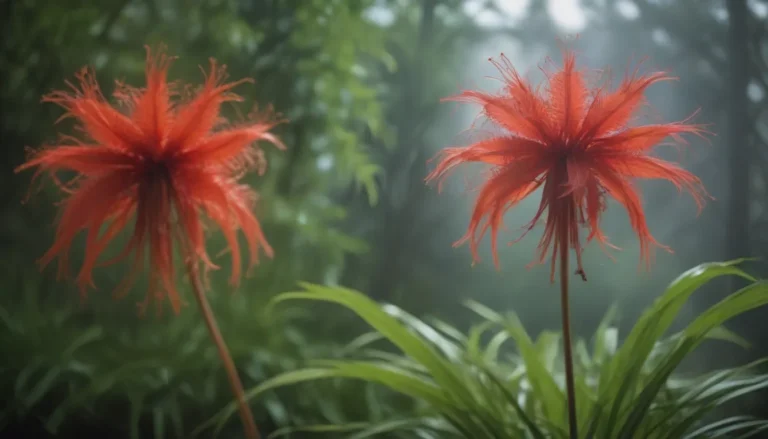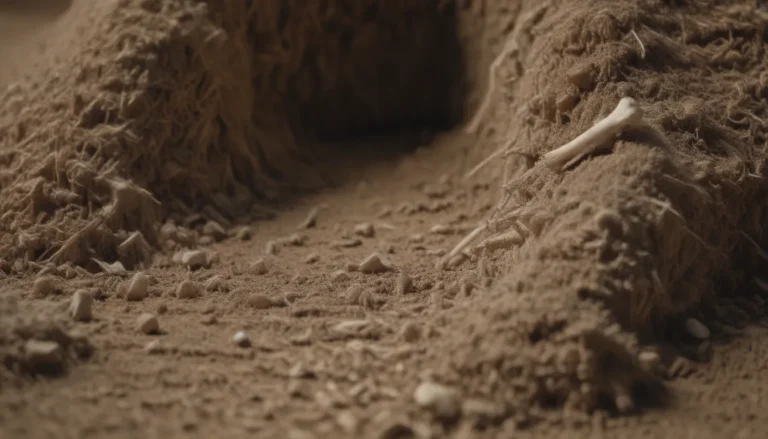Transforming Your Garden with Begonia Grandis: A Comprehensive Guide
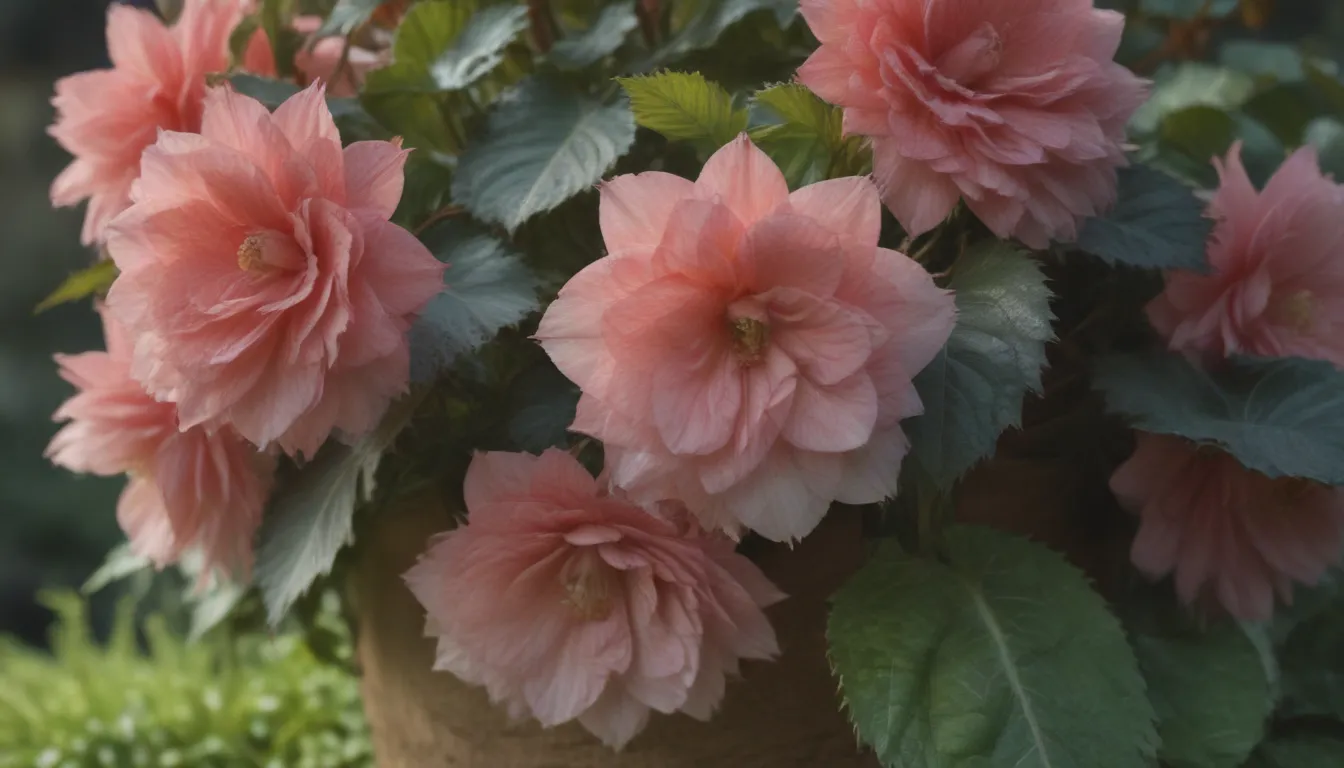
Are you looking to add a splash of vibrant color to your shady garden spaces? Look no further than Begonia Grandis! These low-maintenance, shade-loving plants are the perfect solution for those who want to brighten up their yards without the need for full sun. In this in-depth guide, we will explore all the ins and outs of growing and caring for Begonia Grandis, from soil and watering requirements to encouraging blooms and dealing with pests.
Why Choose Begonia Grandis?
Begonia Grandis is a perennial flower that blooms in partial shade or shade, making it ideal for those with shaded yards. Their charming pink and white blooms add a touch of tropical elegance to any garden without the need for tropical conditions. These hardy plants are low-maintenance and can even survive the winter in USDA Zones 6 to 9, making them a versatile choice for gardeners in various regions.
Caring for Begonia Grandis
Here are the main care requirements to keep your Begonia Grandis thriving:
Light
- Begonia Grandis thrives in partial shade or shade.
- Avoid planting them in direct sunlight, but they can tolerate dappled, indirect light.
- Morning or late afternoon light is ideal for these plants.
Soil
- Rich, moist, well-draining soil is essential for Begonia Grandis.
- The soil should have lots of organic matter and a slightly acidic pH.
- Ensure proper drainage to prevent root rot.
Water
- Keep the soil moist but not waterlogged.
- Water every two to three days, allowing the top of the soil to dry out between waterings.
- Increase watering during hot summer days.
Temperature and Humidity
- Begonia Grandis is hardy down to Zone 6 and can tolerate the heat up to Zone 9.
- Despite their tropical appearance, they are not water-loving tropical plants.
- Foliage may die back in freezing temperatures, but the plant will return in the next season.
Fertilizer
- While not necessary, a slow-release, all-purpose fertilizer with phosphorous can be beneficial in spring.
- Apply fertilizer before the blooming season to support healthy growth.
Pruning and Propagating
- Deadhead old flowers regularly to encourage continuous blooms throughout summer and fall.
- Begonia Grandis self-seeds and expands its colony each spring.
- Propagate using stem or leaf cuttings in the spring if desired.
Encouraging Blooms
- Begonia Grandis begins blooming in mid-summer and continues until the first frost.
- The small pink or white flowers have a soft orange blossom fragrance and vibrant green foliage.
- Plant them in the right conditions, provide adequate shade and moisture, and deadhead regularly for more blooms.
Dealing with Pests and Diseases
- While generally low maintenance, Begonia Grandis can attract pests like mites, mealybugs, thrips, and whiteflies.
- Watch out for root rot in too moist conditions and powdery mildew.
- Proper care and monitoring can help prevent and address these issues.
Troubleshooting Common Problems
- Lack of flowering may be due to insufficient nutrients or too much shade.
- Yellow leaves can result from overwatering.
- Begonia Grandis self-seeds but is not invasive and prefers well-drained soil in containers or partial shade in the ground.
By following these care tips and guidelines, you can enjoy the beauty and elegance of Begonia Grandis in your garden year after year. Add a touch of color and charm to your shady spaces with these delightful plants that are sure to brighten up any corner of your yard. Happy gardening!
